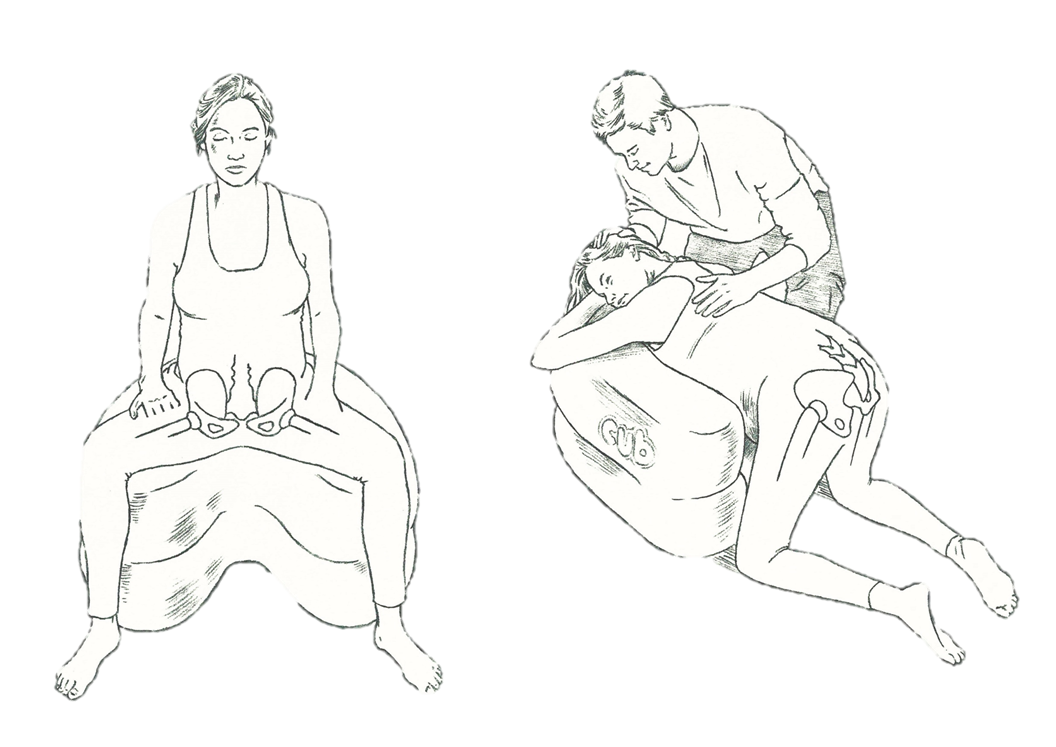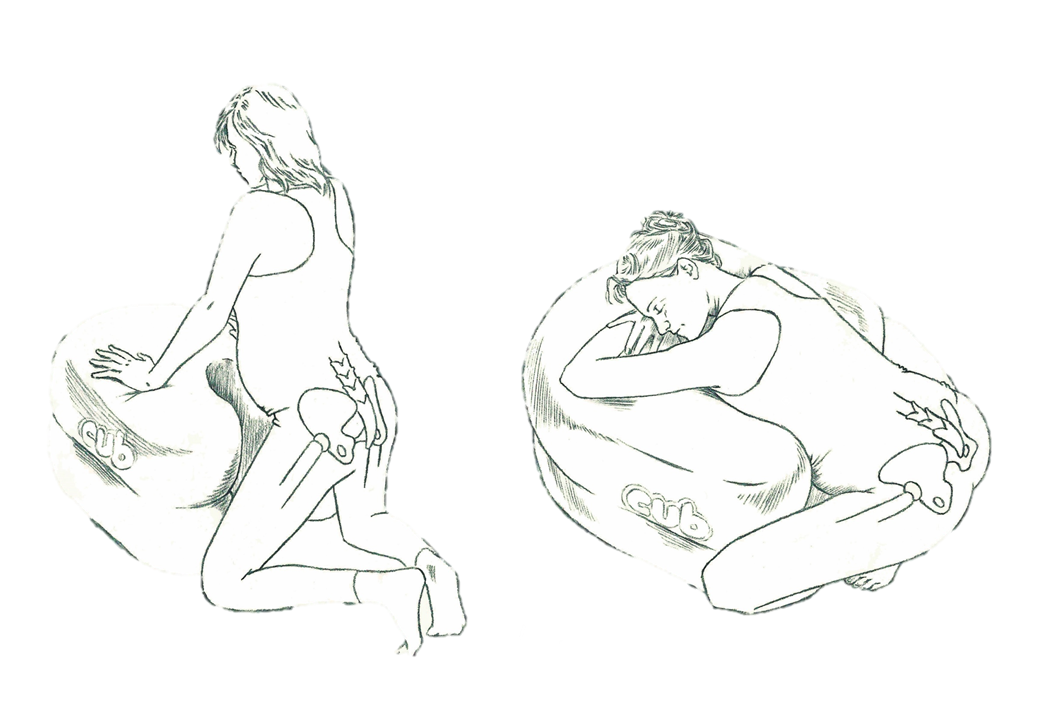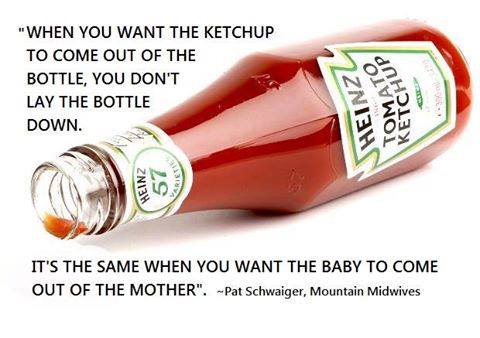 CUB ondersteunt een actieve verticale bevallingshouding en geeft de moeder de mogelijkheid die positie aan te nemen die ze wil.
CUB ondersteunt een actieve verticale bevallingshouding en geeft de moeder de mogelijkheid die positie aan te nemen die ze wil.
Hierdoor is er veel minder kans dat er problemen ontstaan bij de baby en bij de moeder.
Wat zegt onderzoek over "Verticaal Bevallen"?



Referenties:
1 Terry RR, Westcott J, O’Shea L, Kelly F. (2006). Postpartum Outcomes in Supine Delivery by Physicians vs Non-supine Delivery by Midwives. J Am Osteopath Association. vol. 106 no. 4, 199-202.
2 Keen R, DiFranco J, Amis D, Albers L. (2004) Non-Supine (e.g., Upright or Side-Lying) Positions for Birth. Journal of Perinatal Education. 2004 spring; 13(2): 30–34.
3 Lavender T and Mlay R. (2006) Position in the second stage of labour for women without epidural anaesthesia: RHL commentary. The WHO Reproductive Health Library; Geneva: World Health Organization. last revised: 15 December 2006.
4 Nasir A, Noorani K.J., Korejo R. (2007) Child birth in squatting position. Department of Obstetrics and Gynaecology, Jinnah Postgraduate Medical Centre, Karachi.
5 Shermer RH. Raines DA. (1997) Positioning during the second stage of labor: moving back to basics JOGNN: Journal of Obstetric, Gynaecologic, and Neonatal Nursing. Nov-Dec; 26(6): 727-34.
6 Gupta JK, Hofmeyr GJ, Smyth R. (2012). Position in the second stage of labour for women without epidural anaesthesia. Cochrane Database Systematic Review. May 16;5 :CD002006 doi:10.1002/14651858,CD002006.pub3.
7 Lawrence A, Lewis L, Hofmeyr GJ, Dowswell T, Styles C. (2013) Maternal positions and mobility during
first stage labour. Cochrane Database of Systematic Reviews Issue 2. Art. No.:CD003934; DOI:
10.1002/14651858.CD003934.pub2.
8 Read JA, Miller FC, Paul RH. (1981). Randomized trial of ambulation versus oxytocin for labour enhancement: a preliminary report. Am J Obstet Gynecol. Mar 15;139(6)669-72.